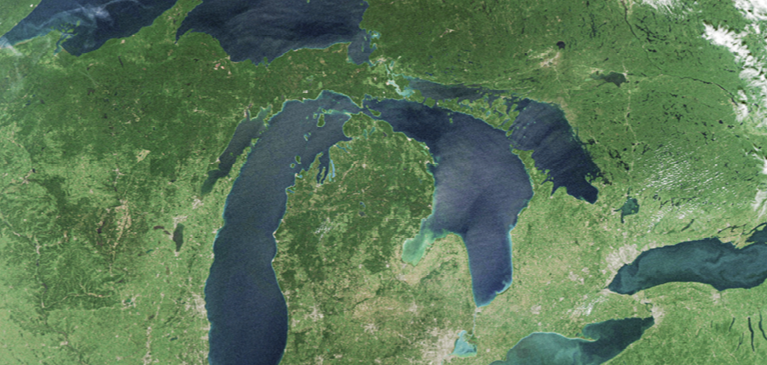
The world we live in is complex and agriculture is no different.
The Great Lakes region of the United States presents an abundance of opportunities amidst the complexity. Despite the many blessings, unity of agricultural interests is a challenge to achieve. Squabbles over priorities and the way forward can create divisions that at first blush may seem insurmountable. Facts and figures twist and one set of details can bury another reasonable position. Commitment to focus on the big picture can help draw us together for one beautiful agricultural industry for all.
Often, we see what is important to one may not be perceived as important or consequential to the many. Yet when evaluating the policy impact or application of the rules, we must recognize the diversity and variety of impacts. Balancing divergent interests and bringing people together may be one of the most challenging aspects of any duty.
It may seem impossible to keep up with the details of changes in policy and rules, yet we are accountable for them in our agricultural businesses. This can paralyze an agricultural operation to the point of compromising a business or even taking away what has been built. It is time to step into a new reality demanding early engagement to get the details and understand the impact on the bigger picture.
Currently the collective U.S. government budget sees no ending to growth, and we are dependent on leaders to problem solve the growing dilemma. Our independent speculation we each carry seems to assist in creating conflict with one another. Details matter in sorting out these conflicts.
Details for reforming SNAP to put the program on a more sustainable path to help low-income households, lowering tax burdens and stimulating economic growth, market access program funding to address the surging agricultural trade deficit, and using left over Inflation Reduction Act dollars to the advantage of voluntary, producer-led conservation programs are front and center in agriculture policy development. These policies and programs should not conflict with each other; hence legislative cooperation should be a reasonable expectation.
Consider engaging and encouraging our leaders to seek the big picture as the need to collaborate increases. Early collective engagement may help them help us toward the goal of keeping our agricultural businesses for the next generation. We collectively need to get in front of the issues in a unified approach.
Contemplate the perspective of President Theodore Roosevelt on resolution of difficult challenges: “the credit belongs to the man who is actually in the arena, whose face is marred by dust and sweat and blood; who strives valiantly; who errs, who comes short again and again, because there is no effort without error and shortcoming; but who does actually strive to do the deeds; who knows great enthusiasms, the great dedications; who spends himself in a worthy cause; who at the best knows in the end the triumph and the highest achievement, and who at the worst, if he fails, at least fails while daring greatly, and whose place shall never be among those cold and timid souls who neither know victory nor defeat.”
The job is to be fully engaged in the battle for agricultural prosperity together – one, beautiful agriculture for all!
To view the summer 2025 issue of Partners magazine in its entirety, click here.


